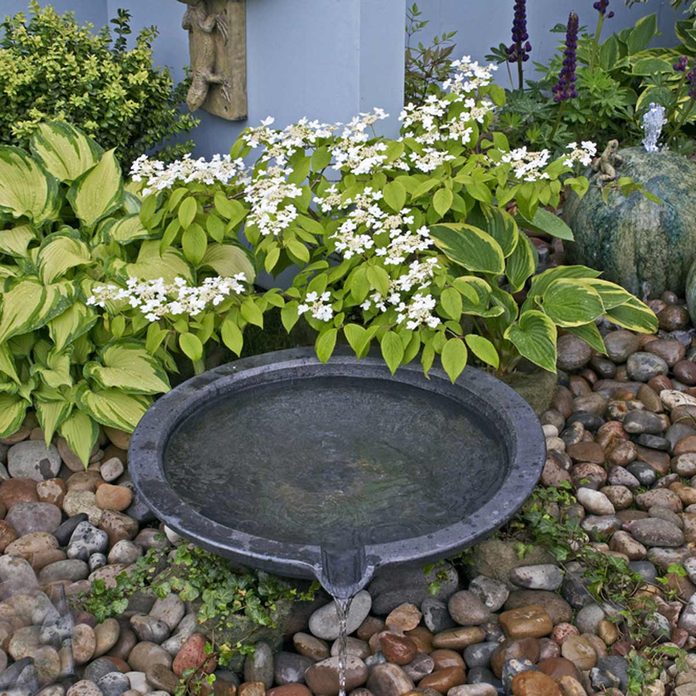
Start Small
This is another way of saying don’t bite off more than you can chew. Consider the amount of time and money you are willing to devote to the project—not just installing it, but maintaining it as well. If you start small, there’s less investment and more chance of success because you won’t be overwhelmed maintaining it. And you can always expand your garden over time as you come to realize what is practical. This little vignette could be installed in an afternoon and would need little maintenance over the course of the growing season.
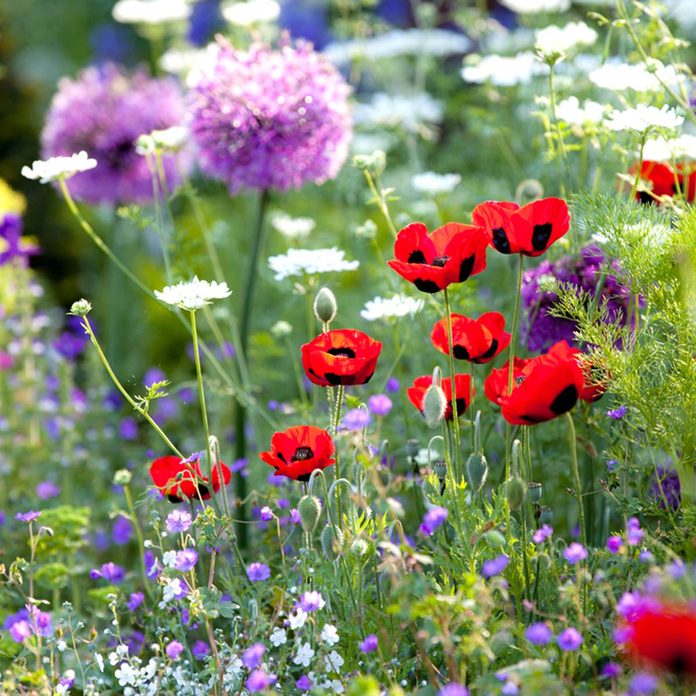
Decide What Sort of Garden You Want
Grow what makes you happy: produce for cooking, flowers for inspiration, shrubs and trees for long-term landscaping beauty. The choice is yours. Then determine the style. Is it a formal design with geometric shapes, a colorful cottage garden look, or a lushly planted shade garden? These gardening tips will help you narrow down your choice of plants.
If you’re concerned about budget, these 10 inexpensive plants will make your garden pop!
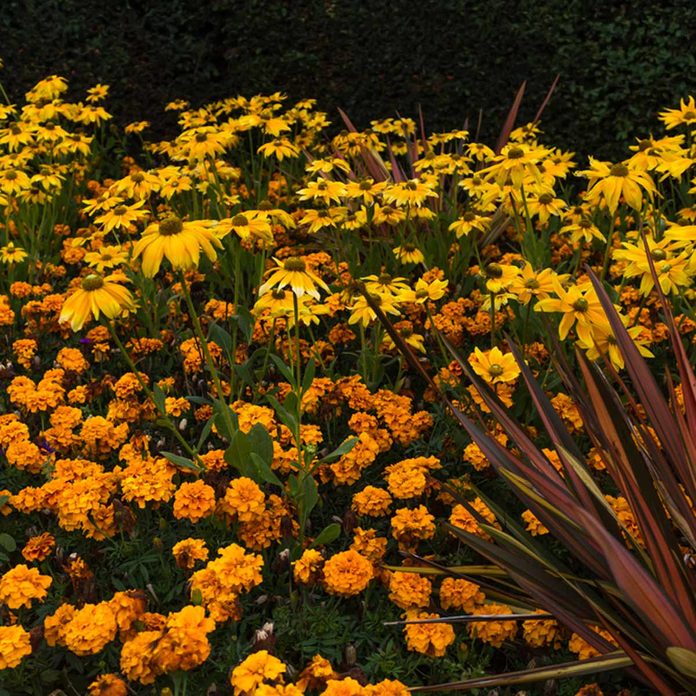
Rely on No-Fail Plants
It’s fun to try unusual plants, but when you’re just starting out and looking for practical gardening tips to guarantee success, go with the tried-and-true stuff overflowing from the nursery aisles. These marigolds and black-eyed Susans (Rudbeckia spp.) are common for a reason: they are tough as nails. They’ll give you all the color you want—without letting you down. As your thumb becomes greener, you can always expand your roster of plants to include the more unusual.
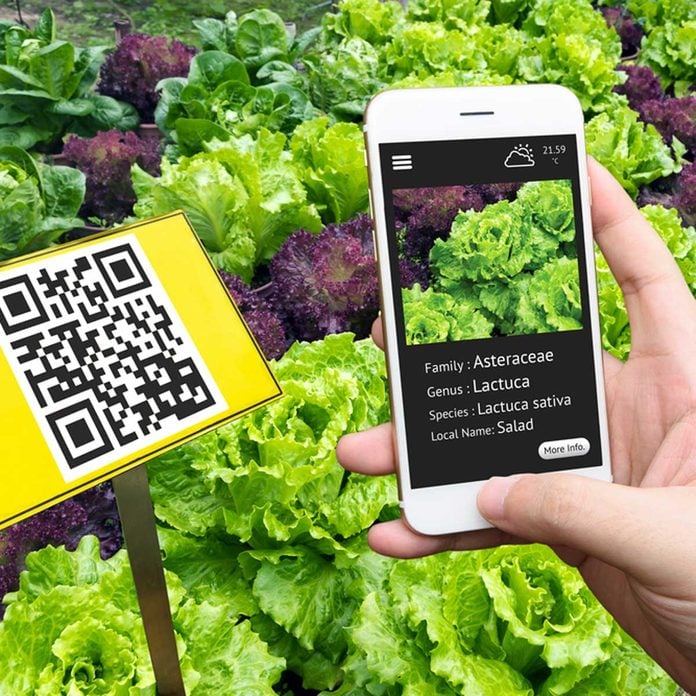
Consult Plant Tags
When you’re plant shopping, plant tags are your best friend. They can tell you whether a plant is hardy in your area, what conditions it prefers and how large it will grow. That darling little tree could soon grow to interfere with your gutters, but a look at the plant tag now can save you the trouble later on. Some tags even have scannable codes, putting even more information and gardening tips in your hands. As the saying goes, information is power—in this case, power to avoid making mistakes.
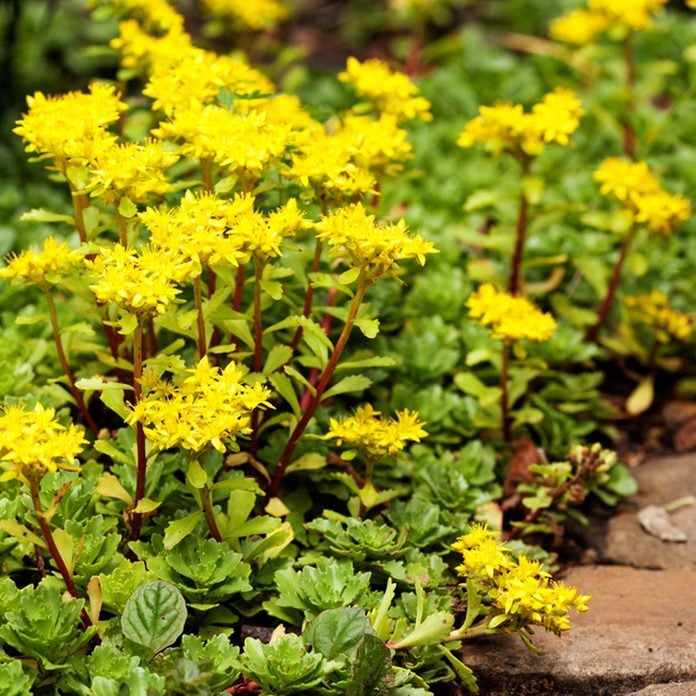
Consider the Conditions
We’ve all seen the poor shade-loving impatiens that burned up when planted out by the curbside. But sun- and heat-loving succulents such as this Sedum acre would have turned that failure into raving success. It’s all a matter of matching the plant with the conditions. Along with sunlight, you’ll also want to consider the type of soil (heavy clay vs. light sand) and the amount of moisture available (a low spot near the gutter spout that stays wet or an exceptionally dry patch underneath the eaves). Fear not, there are plants that are suitable to these specific conditions.
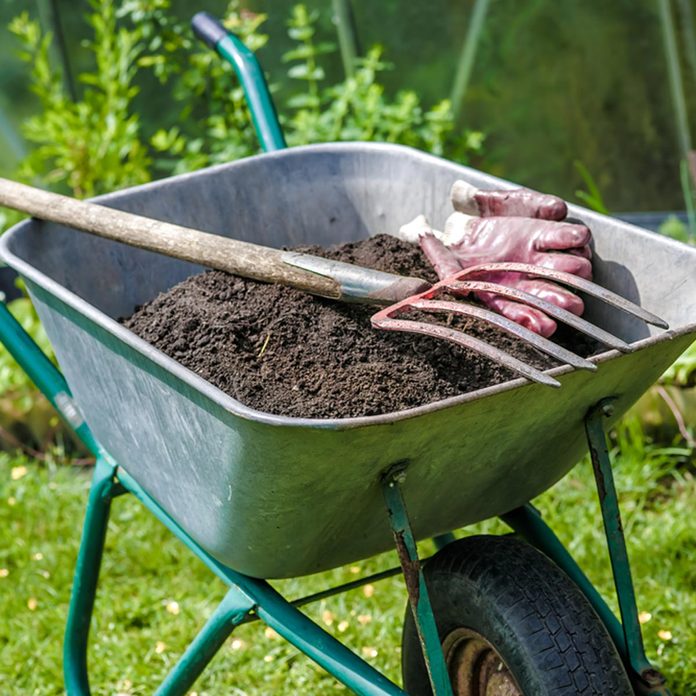
Improve Your Soil
No matter what kind of soil you have, you can improve it. That’s one of the most important gardening tips you’ll ever learn. A good soil is the foundation for a good garden. The easiest time to improve the soil is before planting. You can add wholesale amounts of compost (available in bags from the garden center or in truckloads from many municipalities) to boost nutrients and beneficial microbes. Compost helps heavy clay soils drain better and light sandy soils hold more moisture. It’s the perfect soil conditioner! Learn more about improving your soil.
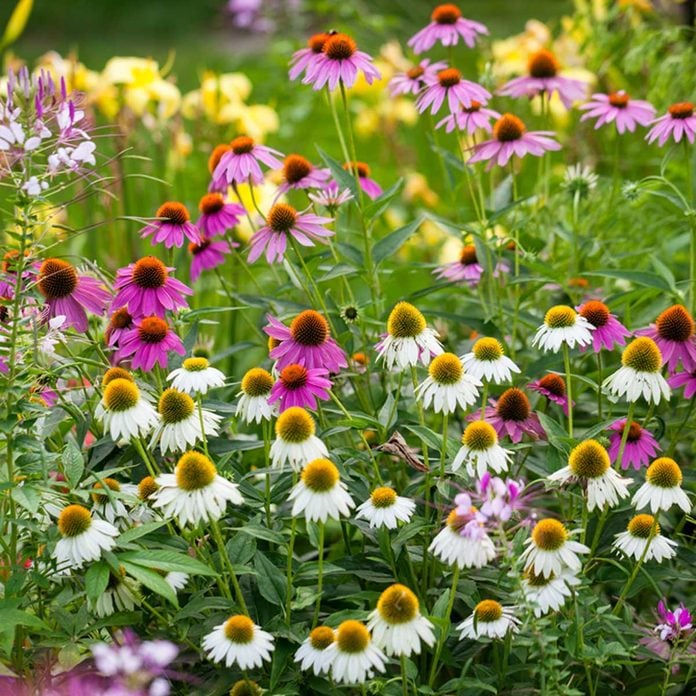
Mix Annuals and Perennials
Annuals are plants that bloom for long periods, then die. Perennials bloom for shorter periods but come back year after year if planted in a suitable climate. Get the best of both worlds by mixing the two types of plants together. That way, your garden has a longer season of interest. When these perennial coneflowers (Echinacea purpurea) are finished blooming, the annual spiderflowers (Cleome spp.) will be there to pick up the slack.
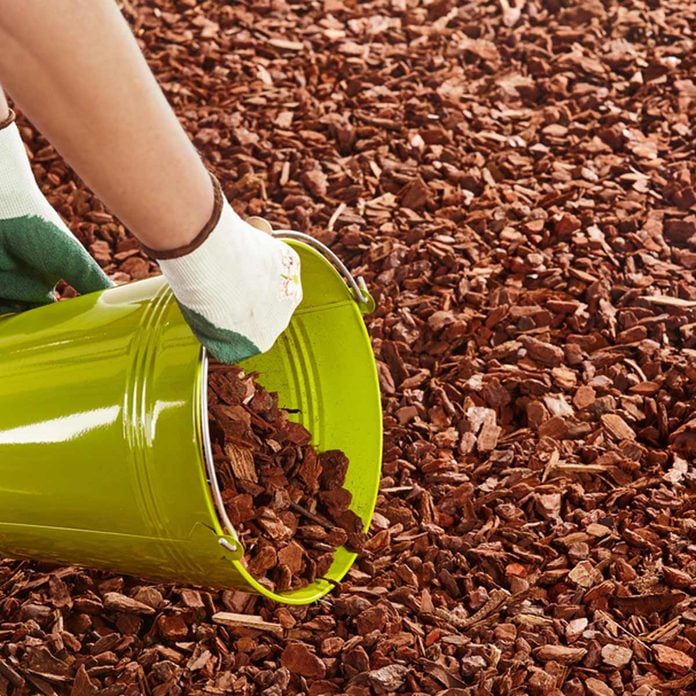
Embrace Mulch
Mulch has many benefits, not the least of which is that it ties a garden together. With its uniform color and texture, that underlying ribbon of mulch stitches a garden vignette together for a more cohesive look. Additionally, mulch discourages weeds, conserves soil moisture, and moderates soil temperature. It also keeps a bare soil from baking and cracking in the sun, which hinders water absorption when you irrigate. Here’s another gardening tip: use organic mulches in most situations, but stick with pebbles or stones around succulents and cactuses. Learn more in our mulch guide.
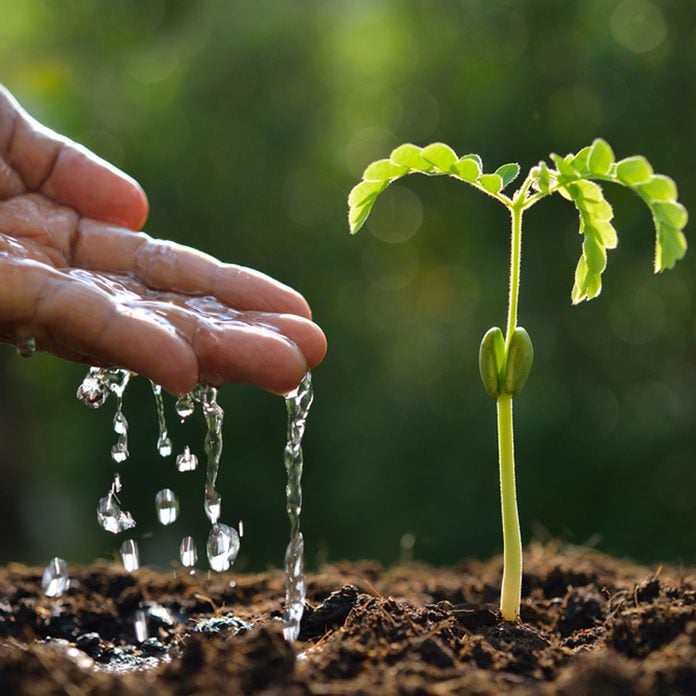
Water Effectively
Plants need water to survive. Often, that means supplemental watering from you. While a handheld watering can is helpful when watering potted plants, a hose is a lot more useful. For best results, hook it up to a sprinkler and water in the morning, so there’s less evaporation and so foliage can dry before nightfall and not be prone to disease. For ultimate efficiency, use a soaker hose or drip irrigation system to distribute water at the base of plants. Learn how to install a drip irrigation system.
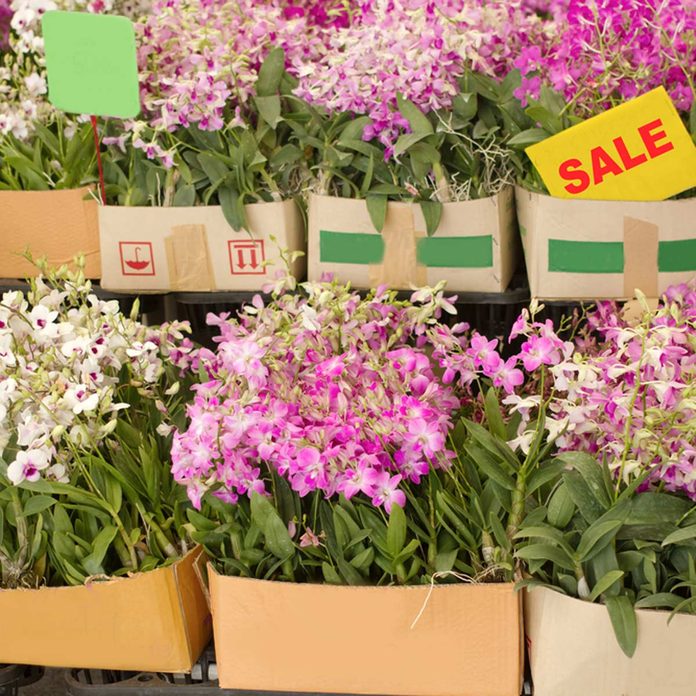
Be Savvy About Saving
Look at it this way: The more money you save, the more plants you can buy. Now that’s our kind of gardening tip! Instead of paying full retail when nurseries first open in spring, keep a little dough in reserve for mid- to late-season sales. Closeout specials are a great value. You can load up on annual flowers to make a dazzling—albeit temporary—display on the cheap. Perennials are even better. Once you get them in the ground, faded perennials will keep developing their roots, becoming stronger for next year’s growing season.